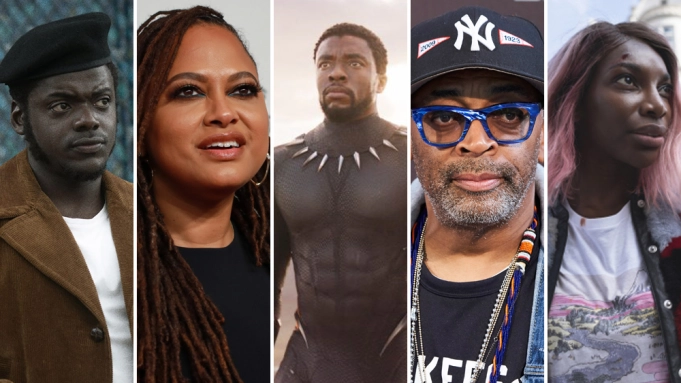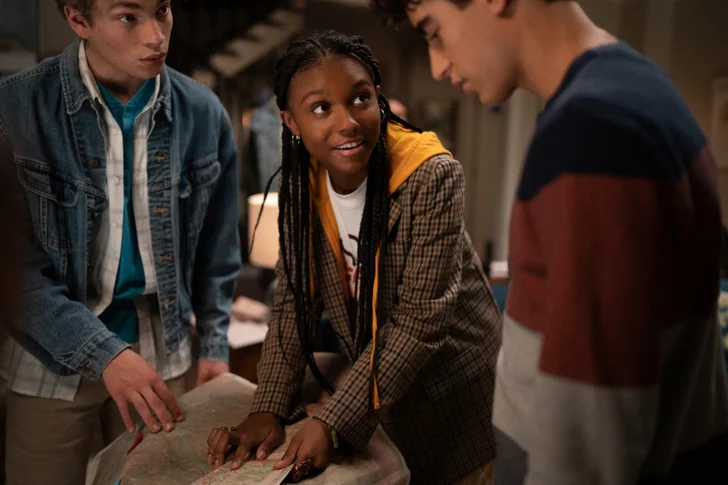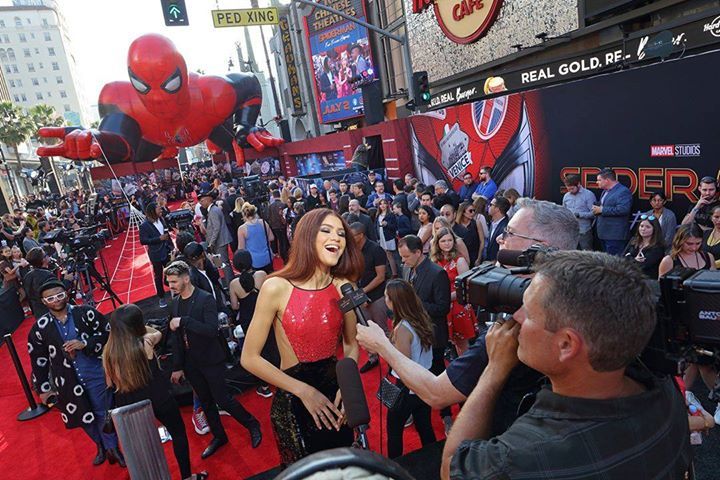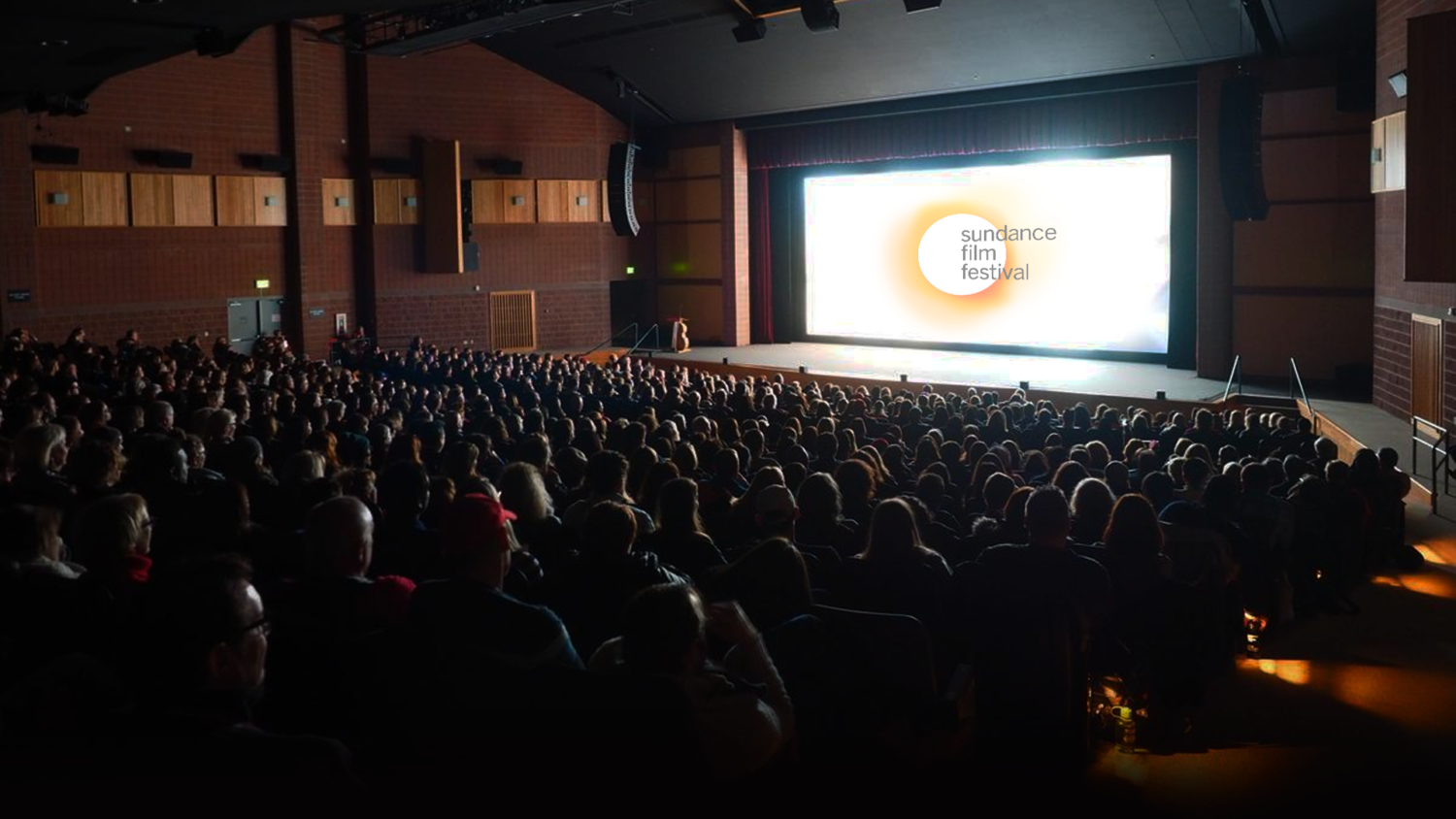Research: Black Representation in Film and TV
In 2021, McKinsey & Company released the groundbreaking and actionable report ‘Black representation in film and TV: The challenges and impact of increasing diversity.’
The company analyzed data on more than 2,000 films and interviewed dozens of industry professionals, including writers, directors, producers, agents, actors, and executives, and collaborated with the BlackLight Collective, a coalition of Black executives and talent in the industry, including ReFrame Ambassador Franklin Leonard of The Black List.

Courtesy of Warner Bros., Marvel Studios, HBO, Mega
"Hollywood has the potential to gain an additional $10 billion in annual revenues — which amounts to nearly 7% more than its baseline — by addressing the racial inequities."
‘Black representation in film and TV: The challenges and impact of increasing diversity’ contains many actionable insights. Here, we are highlighting the research that speaks to the undervaluing of content created by or starring Black creatives, to serve as a reminder to challenge biased assumptions.

Black professionals cite white decision makers’ failure to relate to Black content as a key obstacle to financing. As one Black executive explained, “Marketing teams need to be on board to select a film, but if they don’t feel comfortable with the story, it limits the number of buys.” Similarly, the executive added, “when executives feel like they can’t personally relate to your content, they don’t bid.”
Read the ReportThere is a widespread misperception in the industry that content starring Black actors will not perform well with international audiences. In 2019, the top films with Black leads were distributed in 30 percent fewer international markets on average—yet they earned nearly the same global box-office sales as films with white leads and earned more than those films on a per-market basis.
Take Action: Seek and financially support a wide range of Black stories.
Demand for diverse content is on the rise, and industry leaders are competing for diverse audiences. Between 2017 and 2019, for example, demand more than doubled for the top debut series with diverse casts (those in which racial and ethnic minorities make up at least 40 percent of members). To advance racial equity—and to tap this significant financial opportunity—industry leaders should strongly consider dedicating up-front funding to increasing diverse content and talent. Studios, for example, could start by committing 13.4 percent of their annual budget to projects—again, to mirror the Black share of the US population—with not just Black leading actors but also Black producers, writers, and directors.
Read More


